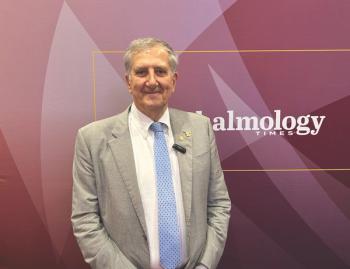
MICS: gauge width impacts wound
Gauges and knives used during microincision cataract surgery (MICS) should be of equal thickness, according to a study published in the July 2008 issue of the Journal of Cataract & Refractive Surgery.
Gauges and knives used during microincision cataract surgery (MICS) should be of equal thickness, according to a study published in the July 2008 issue of the Journal of Cataract & Refractive Surgery.
Dr Keisuke Kimura of Kosei Chuo Hospital, Tokyo, Japan and colleagues evaluated the impact of gauge thickness on wound measurement by measuring wound width before and after intraocular lens (IOL) implantation. Subjects were divided into groups with incisions of either 2.2 mm or 2.4 mm, and the team used either a 0.15 mm gauge (F-gauge), which was the same thickness as the knives used during surgery, or a 0.35 mm gauge (A-gauge) to measure the wounds.
The F-gauge measured the 2.2 mm incision wound as 2.20±0.03 mm before IOL implantation, compared with the A-gauge pre-insertion measurement of 2.16±0.05 mm; after insertion of the IOL, the F-gauge measured the wound width as 2.41±0.08 mm, compared with the A-gauge measurement of 2.35±0.09 mm. The F-gauge measured the 2.4 mm incision wound as 2.39±0.04 mm before IOL implantation, compared with the A-gauge pre-insertion measurement of 2.31±0.06 mm. The post-implantation wound width was measured as >2.5 mm for both groups.
The researchers noted that measurement errors increase when the gauge used is thicker than the knife; they concluded that a thicker gauge is less reliable for measuring wound width than is a gauge of equal thickness to the knife.
Newsletter
Get the essential updates shaping the future of pharma manufacturing and compliance—subscribe today to Pharmaceutical Technology and never miss a breakthrough.















































